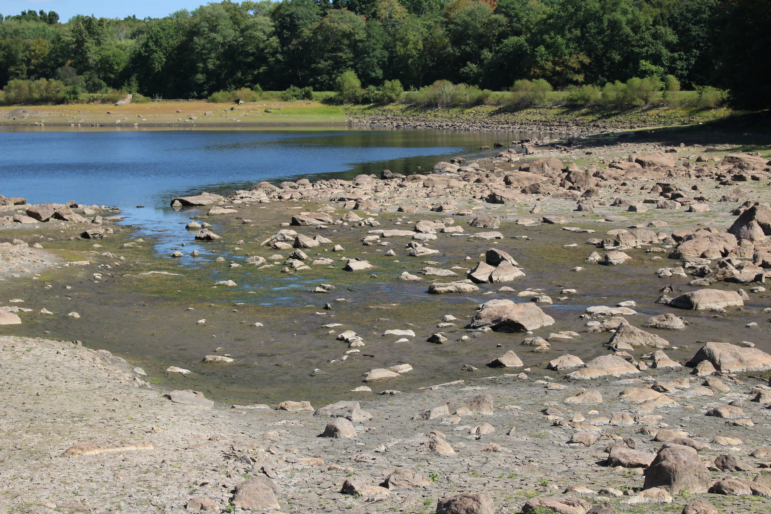Governor Ned Lamont approved a recommendation by the State of Connecticut’s Interagency Drought Working Group to declare that all eight Connecticut counties are experiencing Stage 2 Drought conditions due to precipitation across the state being below normal.
Under the state’s drought plan adopted in 2018, Stage 2 identifies an emerging drought event, potentially impacting water supplies, agriculture, or natural ecosystems.

“Residents should be mindful of their water consumption and take sensible steps to reduce impacts on other water uses and on the environment,” said Governor Lamont in a release. “We must begin early steps now to mitigate the potential for harm should the drought become prolonged.”
“We have experienced drier than normal conditions in the spring and early summer,” said Office of Policy & Management Undersecretary Martin Heft, who chairs the Interagency Drought Workgroup. “The combination of precipitation shortfalls and an extended period above normal temperatures have impacted the state’s water resources and increased demands upon them. Residents should not be alarmed, but begin taking steps now to reduce their water usage.“
Residents and businesses across the state are being asked to voluntarily take the following measures to aid in minimizing future drought impact:
- Reduce automatic outdoor irrigation
- Postpone the planting of any new lawns or vegetation
- Minimize overall water use by fixing leaky plumbing and fixtures
- Follow any additional conservation requests issued by water suppliers or municipalities
Tips on water saving measures can be found on the Department of Public Health’s website here.
Stage 2 is the second of five stages of drought defined in the Connecticut Drought Response and Preparedness Plan. The Interagency Drought Workgroup classified New London and Windham counties as being at Stage 1 on June 2, when there were early signals of abnormally dry conditions. That stage is intended as a “heads up” regarding the possibility of a developing drought.
The decision to move to Stage 2 is based on an assessment of indicator data monitored by state and federal agencies, including precipitation, surface waters, groundwater, reservoirs, soil moisture, vegetation, and fire danger conditions. The state has experienced this level of drought five times in the past two decades, in 2002, 2007, 2010, 2016 and 2020. If conditions deteriorate further, the state could reach Stage 3, having reached that threshold in four counties in 2020.
The Interagency Drought Workgroup has moved the entire state to Stage 2 because precipitation shortfalls, reduced ground water levels, stream flows, and soil moisture impacts are especially pronounced there. Rainfall and droughts do not follow political boundaries, and impacts can be more severe at certain locations. Those who depend on private wells, fire or irrigation ponds, and other highly localized water resources should be especially mindful of local conditions, especially in places where previous droughts have affected supplies.
The State Interagency Drought Workgroup consists of representatives from the Department of Agriculture, Department of Emergency Services and Public Protection, Department of Energy and Environmental Protection, Department of Public Health, Office of Policy and Management, and Public Utilities Regulatory Authority, with assistance from the National Weather Service and United States Geological Survey. More information on the Interagency Drought Workgroup and the State Drought Plan are available here.